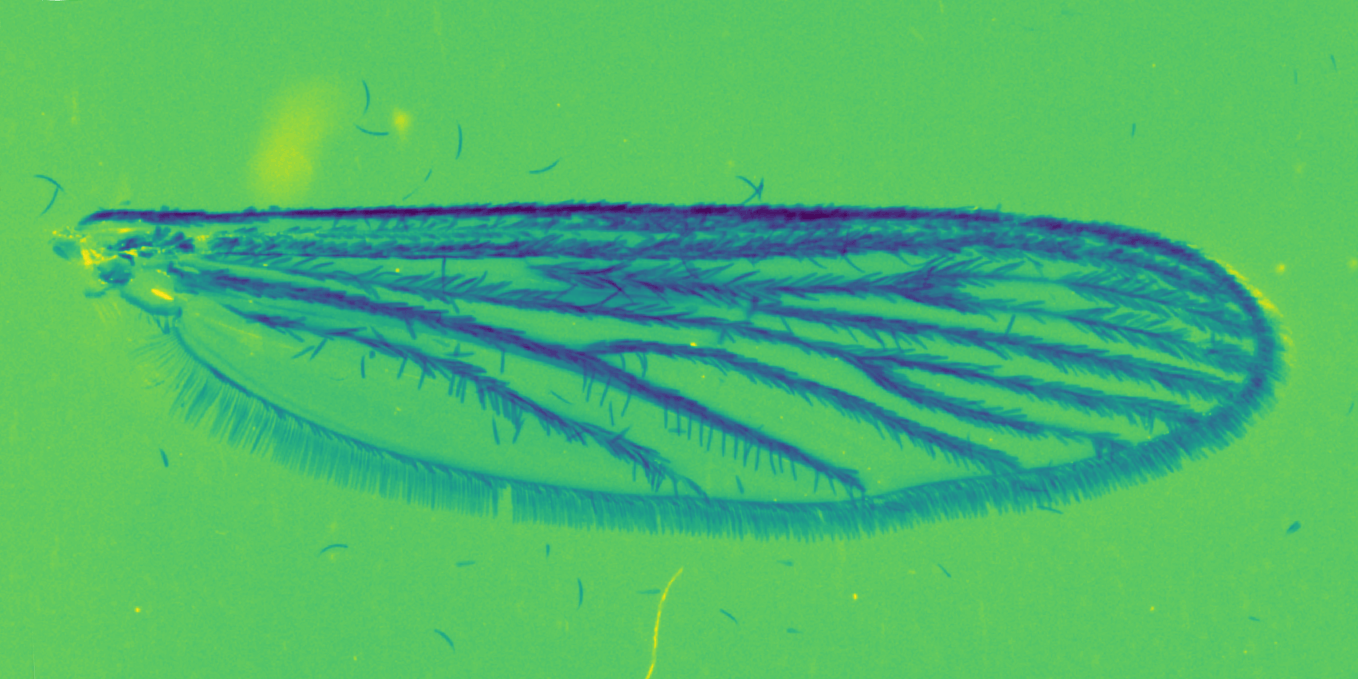University of Oldenburg
MACHINE LEARNING IN THE NAME OF SCIENCE
In collaboration with scientists from the Carl von Ossietzky University Oldenburg, Institute of Biology and Environmental Sciences, Research Group Aquatic Ecology and Nature Conservation, we have created an artificial neural network to classify different mosquito species using images of their wings.
Correct and efficient identification of species is essential to research the ecology and the medical relevance of a mosquito. The developed artificial neural network is one way to significantly speed up the research process in the future.
HANDS-ON EXPERIENCE IS ESSENTIAL TO FULLY UNDERSTAND THE POTENTIAL OF DISRUPTIVE TECHNOLOGIES LIKE MACHINE LEARNING.
HOW TO Approach A POTENTIAL MASCHINE LEARNING challenge?
Our iterative process: Framing the problem, identifying the fitting machine learning approach, defining and preparing the data set, building the convolutional neural network, and finetuning the parameters to train the model for optimized classification accuracy.
INTERPRETABILITY – LEARNING FROM THE MACHINE
In addition, we are studying the decision making of the neural network. By capturing the output of the different neural network layers we can visualize which image features are most relevant for decision making.
The derived insights can be used to optimize the neural network and to help scientists further develop their understanding of what differentiates the individual species.

Learn more about our project partner!
University of Oldenburg


